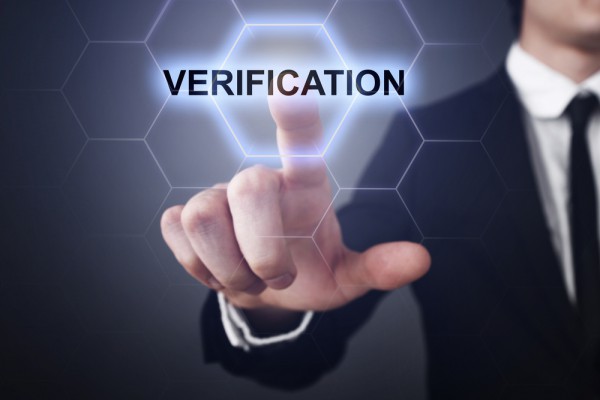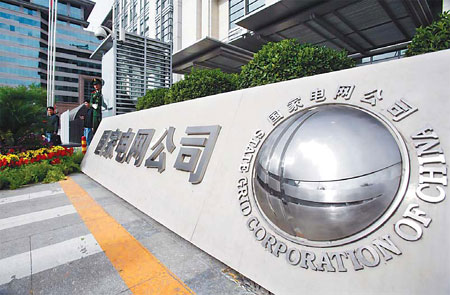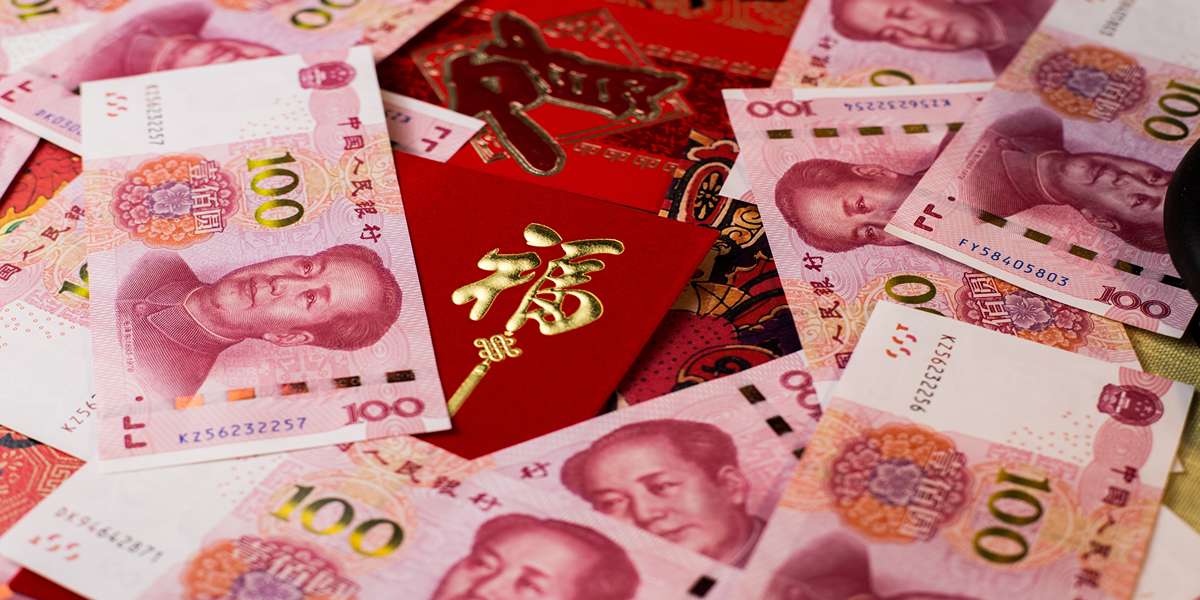在香港這個充滿活力且國際化的商業環境中,對潛在的合作夥伴、供應商或客戶進行盡職調查不僅是謹慎之舉,更是必不可少。公司查冊,作為此過程的第一步,能提供關於公司合法性、財務狀況和企業信譽的關鍵信息。幸運的是,香港透明的監管框架使這一過程系統化且易於操作。
為何要對香港公司進行查冊?
· 風險管控: 避免詐騙、欺詐以及與空殼公司合作。
· 投資決策: 評估目標公司的可信度和財務穩定性。
· 合規要求: 滿足「認識你的客戶」(KYC) 和反洗錢 (AML) 的法定義務。
· 合作保障: 在簽署合同前,確認潛在合作夥伴的法律狀態和良好信譽。
公司查冊的關鍵步驟與信息來源
- 查詢官方公司註冊處綜合資訊系統 (ICRIS)
公司註冊處綜合資訊系統 (ICRIS) 是香港公司數據最主要且最權威的來源。由香港公司註冊處管理,這個在線平臺可讓您查閱任何已註冊香港公司的基本資料。
· 您可以查找到的信息:
· 公司名稱及註冊編號
· 公司現狀(例如「仍註冊」、「已告解散」、「已註銷」)—— 此點至關重要。
· 成立為法團的日期
· 註冊辦事處地址
· 董事及公司秘書資料
· 公司註冊證書及商業登記證(需付費)
· 訪問方式: 您需要註冊一個ICRIS在線帳戶。基本信息免費查閱,而更詳細的文件則需要支付少量費用。 - 核查商業登記證 (BR)
在香港運營的每家公司都必須持有由稅務局頒發的有效商業登記證。商業登記證顯示公司名稱、登記證編號和證書的有效期。確保其處於有效期是最基本的檢查。 - 分析財務報表(針對有限公司)
雖然私人公司的詳細財務報表並非總是公開的,但香港法律要求公司每年提交周年申報表(表格NAR1)。對於小型私人公司,這可能包括簡化的報告。然而,要進行更深入的財務健康檢查,您可以:
· 直接向公司索取財務報表。
· 查詢該公司是否就其資產設有任何產權負擔(例如抵押),這在ICRIS中是公開記錄。 - 檢查訴訟與法律程序
雖然沒有統一的數據庫,但您可以查詢:
· 香港司法機構網站進行案件搜索。
· 破產管理署的清盤及破產記錄。 - 進行實地盡職調查
對於高風險的合作,可以考慮:
· 拜訪該公司的註冊辦事處。
· 核查其行業特定的許可證和會員資格。
· 聘請香港專業的調查公司或律師事務所進行全面的背景調查。
需要警惕的危險信號
· 信息不符: 公司網站、名片或發票地址與其註冊辦事處地址不符。
· 停業或已解散狀態: 公司在ICRIS中的狀態非「仍註冊」。
· 過期的商業登記證。
· 無法追溯記錄的名義董事: 公司所有董事均為名義董事,且無其他商業背景。
· 無法核實的實體存在: 沒有可核實的辦公室、固定電話號碼或員工。
香港的公司查冊是一個直接而高效的過程,這主要得益於ICRIS系統的透明度。通過系統性地核查官方記錄,企業和投資者可以顯著降低風險,與合法夥伴建立信任,並在這個全球競爭最激烈的市場之一做出明智的決策。在盡職調查上投入少量的時間和資源,可以避免未來巨大的財務和聲譽損失。










